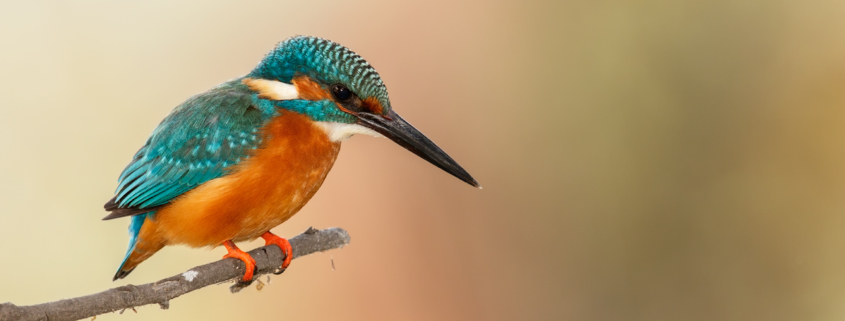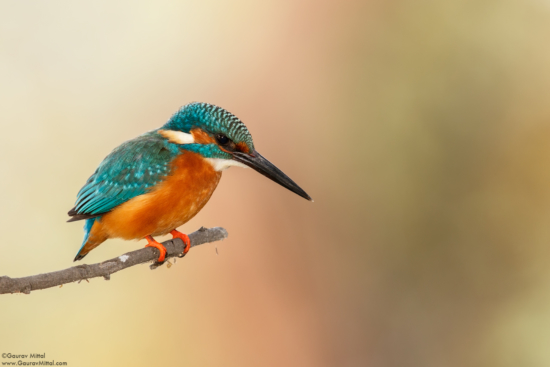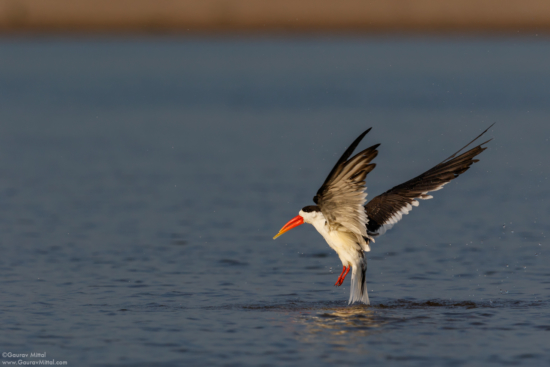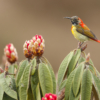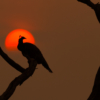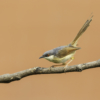Indispensable Bird Photography Tips for achieving Sharp Focus
As a bird photographer I cannot emphasize enough how important it is that your images look tack sharp. This holds true for other nature and wildlife photography also. We are constantly striving to make an emotional and dramatic connection through eye contact with our subjects. As a photographer, making a sharp and clear images can convey and transfer that drama and connection to the audience. For beginners, photographing birds in flight can be a frustrating experience, as images after images look soft and blurry. The following tips will help you in achieving sharper images in bird photography.
Choosing the Bird Photography Equipment
A combination of most modern DSLR’s and super telephoto lens offer faster auto focus and image stabilization, which are capable of locking on to a fast moving subject. I have found that using a 7D Mark II paired with the 600mm f/4 IS II lens is very effective in searching the entire field of view and locking on to the bird quickly. Beginner bird photographers may also want to consider a third party lens such as the Sigma 150-500 as it provides the focal length and is an economical option to start out on.
Use Continuous Focus Mode & Back Button Focus
Set the drive mode on your camera to AI Servo/Continuous Focus Mode. This mode allows you to track and maintain focus during the action. Typically, to acquire focus, you press the camera’s shutter release half way, the camera’s autofocus locks on, and then you press the shutter down to capture the image.
Back button focusing is another way of capturing tack sharp images. In this technique, you assign one of the back buttons for focusing and leave the shutter button with only the task of taking the final image. Why use two fingers instead of one? When you use the shutter button for focusing as well as capturing the image, there is a higher possibility to let go off the shutter before the final capture. Often, this can happen with a fast flying erratic bird which may cause you to experience some camera shake while panning. With the back button focus function, the focus is maintained even if you let go of the focus button.

Use AI Servo and Back button focus for photographing birds in action – Sandhill Crane coming in for a Landing
Moreover, AI Servo/Continuous Mode allows you to shoot as a single shot drive mode without having to fumble trying to switch over. This is critical in situations where you might have a perched bird for a few short settings. This is a setting where you leave your camera in AI Servo mode without ever needing to switch over.
Understand Benefits of Pre-focusing
From experience, I can tell you that most zoom lenses are not very good at searching long distances to find the bird. More often photographers are shooting birds that are at or flying from different distances. Let’s say that you just finished photographing a goose that was 5 meters away, your lens is pre-focused at that. Suddenly a cormorant flies by at a distance of 15 meters. In this scenario, you will not be able to locate the cormorant in the viewfinder in time. To deal with these type of situations, it is best to identify the flight path and manually focus to 15 meters and then let the lens acquire focus. For photographing birds that are sitting still, it is best to focus on the eyes so they are in sharp focus.
Focus Point Selection
Soft images are often the result of selecting focus points that may miss locking onto a moving subject. Today, the top of the line DSLR’s for photographing birds offer up to seven AF area selection modes. These modes are accessed from the back and the top right button. Commonly referred to as “Cluster of points,” I recommend selecting the Single-Point Spot AF for accurately shooting birds thru obstruction and vegetation, for tracking a moving subject, the AF point expansion mode is very effective. Please note that these focus point selection options are only a recommendation and that you should try out other options as well.
Shutter Speed is Crucial
While the auto focus system on DSLR’s is quick to lock focus on moving birds, it is important to understand that the shutter speed is as critical in making sharp images. As a general rule, your shutter speed should be equal to or more than the focal length of your lens. So if you are shooting with a 600mm prime lens, then you should keep the shutter speed above 1/600 sec. However, with birds in flight or to freeze the action, I recommend shooting anywhere from 1/1250 sec for large birds. Go higher for faster and smaller birds.
All of the tips will help you in making sharp images. However, it is important to understand that above all, it is practice and patience that will help you achieve success and focus in bird photography.

